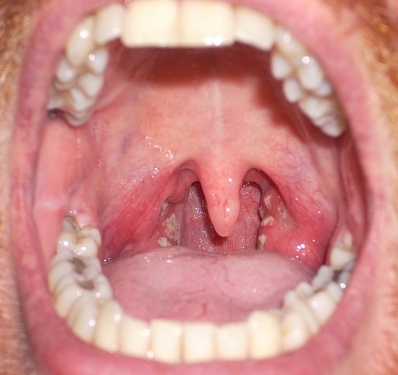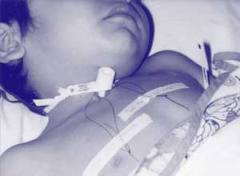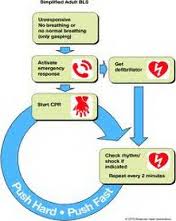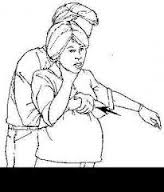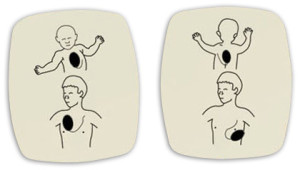Hello again rescue fans!
In this episode, I dig into a subject that is sure to cause controversy. But…for those who know me, when have I ever steered clear from that? So, after being made aware of a situation where a mother was forced to sign a waiver that stated something to the effect, “I understand that by not getting my children vaccinated with the flu shot, I am endangering society…blah…blah, etc.”. This caused me to be a little curious about what all this unreasonable pressure is about in getting the flu shot. Is it really that good? Is it really that effective? Is it really that safe? I mean, since when has an epidemic every been prevented by a flu shot? The last flu pandemic was in like 1969 but it still was not like the one in 1918! And since then, we suddenly think that in 2008 we should be developing a flu vaccine to save countless lives? Well, this would all be fine and well if we didn’t have to worry about potentially dangerous substances found in the medium of the vaccine. In fact, more and more reliable research is being uncovered all the time about the potential risks of vaccinations that contain toxic substances like Thimerosal which is a mercury derivative and a highly toxic heavy metal and a carcinogenic called Polysorbate 80 (also known as Tween 80): Generally contaminated with the carcinogen 1,4-dioxane. Not to mention the possible side effects of allergies, asthma and autism linked to the adjuvant. So, before you take the plunge, I think it’s a good idea to do your own research, find credible websites including the CDC itself and look at the real research to see if the risk of injecting these chemicals are really worth the possible but not guaranteed benefits of getting the flu shot. I hope it helps.

